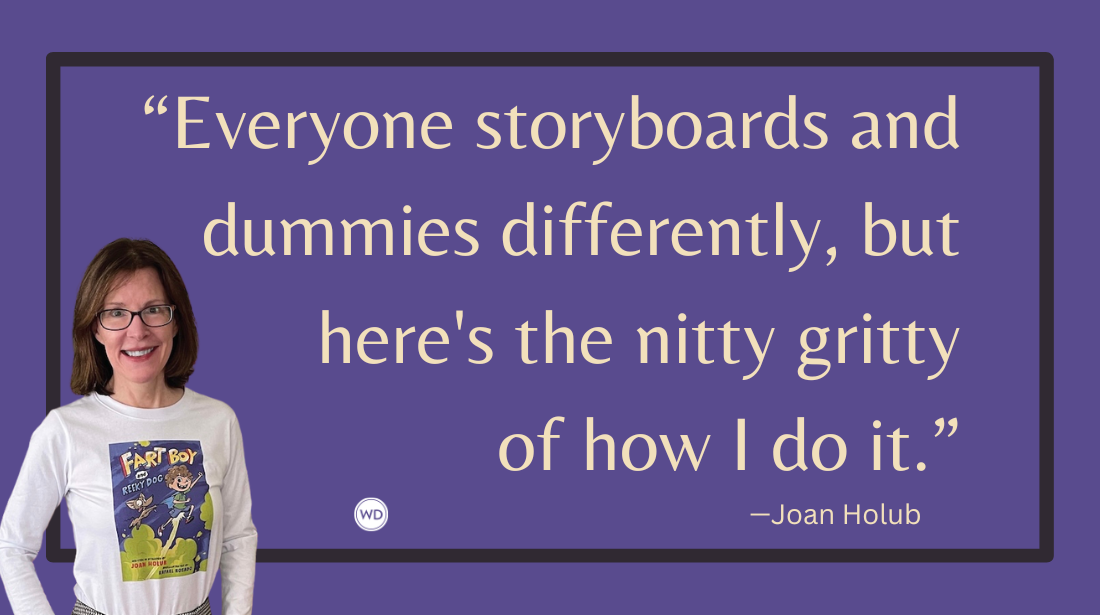5 Tips for Writing Friendships in Middle-Grade Fiction
Author and film producer Adam Borba shares five tips for writing friendships in middle-grade fiction that will hook readers and keep them reading from cover to cover.
Charlotte and Wilbur. Harry, Ron, and Hermione. Mowgli and Baloo. Stanley Yelnats and Zero. Kristy, Mary Anne, Claudia, and Stacey. Christopher Robin and Pooh. While most of our favorite children’s books are driven by delightful narratives, they’re often also propelled by wonderful friendships. Relationships that add layers of heart, humor, and drama to beloved stories. That can provide protagonists a sounding board to talk through problems, or a partner in crime to charge into more trouble. Friendships that young readers aspire to have and that we as writers aspire to emulate.
An admiration for these classic friendships led me to my middle grade debut, The Midnight Brigade, a novel about three lonely kids in Pittsburgh who become friends while discovering (and ultimately befriending) a 25-foot-tall grumpy troll living under a bridge.
Through my work as a writer, and my day-job helping to develop and produce all-audience films for Disney—not to mention the countless middle grade novels I’ve read in my life—I’ve identified five useful tips for writing friendships in middle grade:
1) Establish the set up
Details bring fiction to life and can make even the wildly fantastic feel real to readers. Sometimes something as simple as explaining how two characters met can do much of the early heavy lifting in establishing a relationship. And it’s an easy thing to forget if the characters became friends before the story began—but giving that extra detail of how can make the friendship feel that much more real, which will make your readers that much more invested. With kids, sometimes proximity can be the initial reason. Bobby and Kristen lived next-door to each other. Chris and Jake were on the same soccer team or forced to partner on a class project.
It can be helpful to draw from your childhood experiences. Did someone make you laugh in class? Did they have a special talent that you admired? Did the two of you share an interest? Decide what made your characters initially right for each other and share it with your readers.
2) Show what each friend brings to the table
After you’ve brought your characters together, be clear about why they stay friends. What does each add to the relationship? Is one of them thoughtful? Funny? Supportive? A good listener? Up for anything? A problem solver? Once you’ve identified these traits, find ways to weave them into your narrative to advance the plot.
But rather than telling your readers that “Leon and Jessica were friends because they made each other laugh,” show your readers in scenes. Allow your readers to see and feel what your characters experience so they become emotionally invested in the relationship.
Check out Adam Borba's The Midnight Brigade:
(Writer's Digest uses affiliate links.)
3) Figure out how your characters could be better friends
Nobody is perfect. Your characters and their relationships shouldn’t be either. Figure out what the weakness (or weaknesses) is for each friend in the relationship and share it with your audience in your scene work.
Is Billy untrustworthy? Is Christina overly critical? Does Tom always launch into his own problems when Pat tries to vent? Does Steve not reply to texts? Does Sarah constantly expect Erin to do their math homework? Is Kelly a bad influence?
Establishing these traits won’t only make the friendship feel more real, they’ll provide opportunities for conflict and drama in your story.
4) Determine how much strain a friendship can handle
Along these lines, it’s often helpful to decide where the breaking point of a friendship resides. What would one friend have to do to make the other(s) call it quits? Is it a case of “one last straw,” or a single unforgiveable act? Knowing this will help determine how far you can push the conflict in your story.
It can also be helpful in brainstorming paths for your narrative to develop. And in many cases, you may find that breaking your characters apart is the perfect plot point for the end of your second act, or a useful device for your protagonist to face as they get lost along their way. But be sure the action is in-character for the offending friend, so your audience believes it.
*****
Any middle-grade book author will tell you that writing an effective book is more challenging than reading one! Take this online course and learn the essential elements of writing for kids and how to break into children’s publishing.
*****
5) Find what would make their friendship stronger than ever
I’m a firm believer in the adage that you should leave a place better than you found it. And I think we can apply that spirit to relationships in middle grade as well.
If you’ve driven your friends away from each other, how can you bring them back? A grand gesture? A small apology? Often you may find that a friend making the effort to correct a weakness you’ve established works best.
And obviously, you don’t need to drive your friends apart for their relationship to improve—shared experiences, adversity, and fun can fuel their relationship instead (or as well)—but consider having a character’s personal growth or arc be the catalyst for the stronger relationship. Doing so can create an impactful, emotional payoff at the end of a great story.
I can’t wait to read all about the friendships you’ve created!
Adam Borba is a writer and film producer from California. The Midnight Brigade is his first novel.








